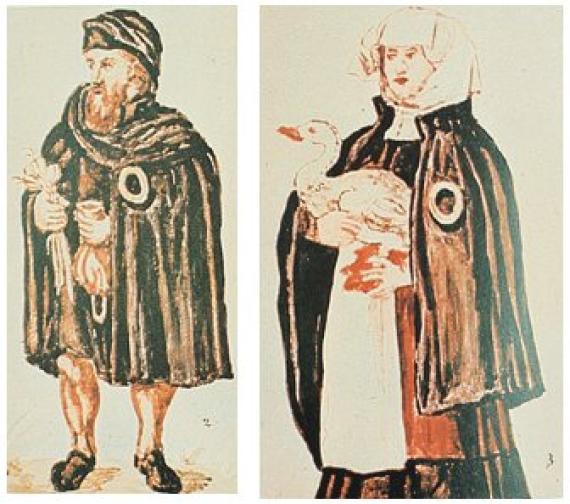Jewish life in the city can be traced back to the 10th century with the help of written sources, although it is assumed that immigration dates back even further. There are indications that Jews were already living in the region around Bobertumagus or Civitas Vangionum in Roman times - the city received its present name only in the 6th/7th century. After forays by crusaders at the end of the 11th century, Jewish life in the city recovered at the turn of the century. During the Middle Ages, the "Jerusalem on the Rhine" was considered the center of Ashkenazi teachings. This was supported by granted guarantees such as the protection of life and property, which came with the privilege of Emperor Henry IV in 1090. In the 13th century, the Jews had to move to a separate Jewish quarter - from then on they were considered "serfs of the city of Worms". Over 400 Jewish victims counted the riots of 1349. Only after a few decades after Jewish families were again taken in - even if only for financial reasons, the community could register growth again.
Particularly in the 16th century, more and more Jewish women*Jews immigrated. But this positive development was to last only until the end of the 17th century: Thus, in the course of the Palatine War of Succession, French troops attacked the city in 1689. The residential area as well as the synagogue fell victim to the flames.
During the French occupation 100 years later, the neighborhood was dissolved, but families continued to live there. In the 19th century, a liberal movement can be observed within the religious community. The response to this was the construction of a new synagogue, financed by Leopold Levy. Thus, Orthodox members also found a place for their services again.
Development up to the 1930s was consistently upward in terms of membership (1905: about 1300 people). The New Synagogue was desecrated during the November Pogrom, damaged during the 1945 bombings, and consequently demolished two years later.
A lively work on the past of Jewish life in Worms led to extensive restoration of the Jewish residential quarter and to the opening of the City Archives and the Judaica Museum in the Raschi House in 1982.

Add new comment